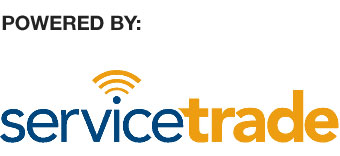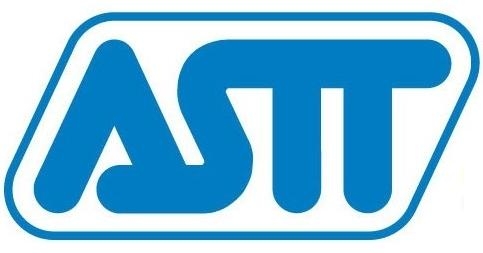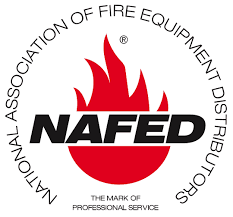What to Put in Your Emergency First Aid Kit
November 17, 2015
You never know when you’re going to need a first aid kit. Disasters often strike without warning, and your family should prepare for the worst. Even during a simple power outage, someone in your household could get hurt. For these situations, you need a well-stocked first aid kit.
You can’t just buy a box of bandages and a tube of ointment and call it a day. A good first aid kit will include a variety of medical supplies and treatments to help you and your family get through an emergency.
You can buy pre-made first aid kits at almost any store. Or, you can make your own with an empty container and some supplies.
If you’re buying a pre-made kit, double check that it has all the right supplies. Companies design first aid kits for a variety of purposes, which means not all kits will have everything you need.Both a kit you buy and a kit you make yourself should have these items:
Flashlight
Every first aid kit needs a flashlight because power outages are common in emergencies. You can even buy a flashlight with a hand crank so you can power it yourself. No batteries necessary.
Bandages
Have bandages in a wide variety of sizes. Include some triangular bandages as well. Versatile triangular bandages function as slings, head wraps, and tourniquets.
Compresses
Your first aid kit should have a few instant cold compresses. Compresses reduce swelling, ease pain, and cool fevers.
Tape
You’ll need tape to secure non-adhesive bandages or gauze pads. Adhesive cloth tape works well for a first aid kit.
Antibiotic Ointment
Antibiotic ointment defends wounds against infection if someone gets hurt in an emergency. Your first aid kit should include either an entire tube or several individual packets.
Pain Killers
Put over-the-counter medications like acetaminophen, ibuprofen, and aspirin in your kit for pain relief. These medications can also reduce fevers if anyone gets sick. If you have kids, make sure you include the kind for children as well.
Antiseptic Wipes
To clean your hands when you can’t access soap and water, keep individually sealed antiseptic wipes in your first aid kit.
Blanket
When someone gets badly hurt, he/she can go into shock. Shock is dangerous, and to avoid it you need to keep the injured person warm with a blanket.
Even if no one in your household gets injured, you’ll be grateful to have blankets if your heating goes out in an emergency during cold weather.
Thermometer
You can’t schedule a doctor’s appointment right after a disaster. If someone in your household comes down with a fever, you need a way to monitor his/her temperature. Keep a thermometer in your first aid kid. Choose one without glass or mercury.
Gauze Pads
Gauze pads help control bleeding and pack wounds. Keep both large and small ones on hand.
Tweezers
You might need to pick small pieces of dirt, glass, or rubble out of wounds. Tweezers make this job much easier and protect your fingers.
Latex Gloves
Keep latex gloves in your first aid kit to protect yourself against bodily fluids, like blood, while you help wounded people.
Roller Bandages
You’ll need a roller bandage if someone in your family sprains or breaks a limb. You can also use these bandages to wrap dressing over wounds.
Scissors
Keep scissors in your first aid kit to cut tape and bandages to size.
Instruction Booklet
Unless you’re a medical professional, you won’t know what to do in every given situation during an emergency. Even if you have had first aid training, stress can make you forget important details.
Keep an instruction booklet in your first aid kit for reference on what to do with wounds and illnesses.
Prescription Medication
During a big emergency, pharmacies might not be open. If you take important prescription medication, then make sure you include some in your first aid kit.
Current Photos
Include current photos of everyone in your household in your first aid kit. Pay special attention to photos of children, seniors, and pets. Emergency workers will need these photos to locate your family members if they get separated from you during a disaster.
Emergency Phone Numbers
Few people remember phone numbers anymore because everything is stored in cell phones. However, your phone might not work in an emergency. Write down important numbers and put them in your kit for safekeeping.
To keep your first aid kit fully functional and ready to go, sort through it once a year. Check expiration labels on medications, and replace photographs of your family members. Update phone numbers, and refill any supplies you’ve used.A good first aid kit is your best friend in a disaster. Stock yours with the supplies you’ll need in an emergency and keep it in a safe place. For extra protection, keep separate first aid kits at home and in your car.
For more information in stocking your first aid kit properly, be sure to visit our First Aid Supplies page.
Should you have any further questions, please do not hesitate to contact our helpful staff at Nutech Safety in Kamloops or Kelowna.






